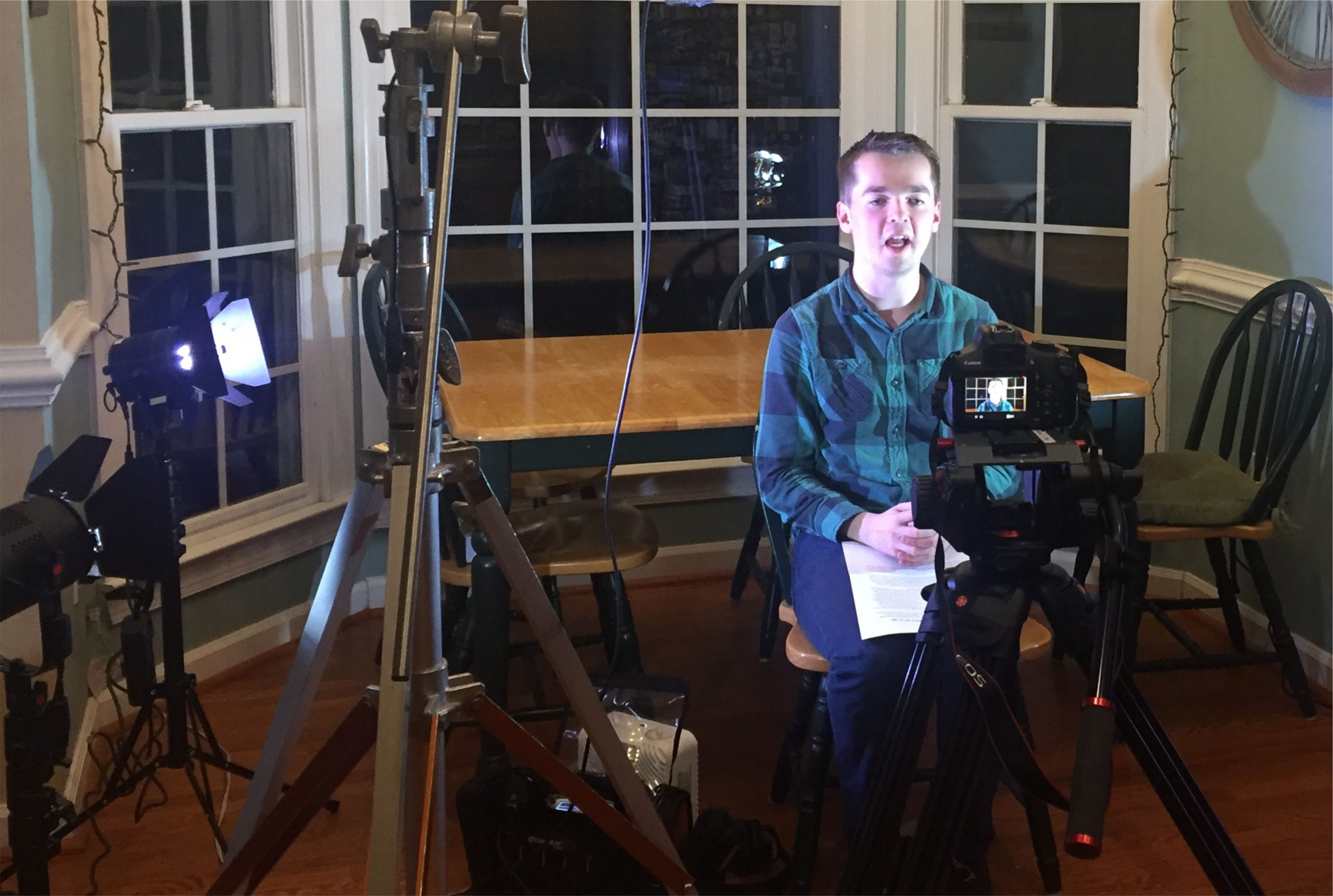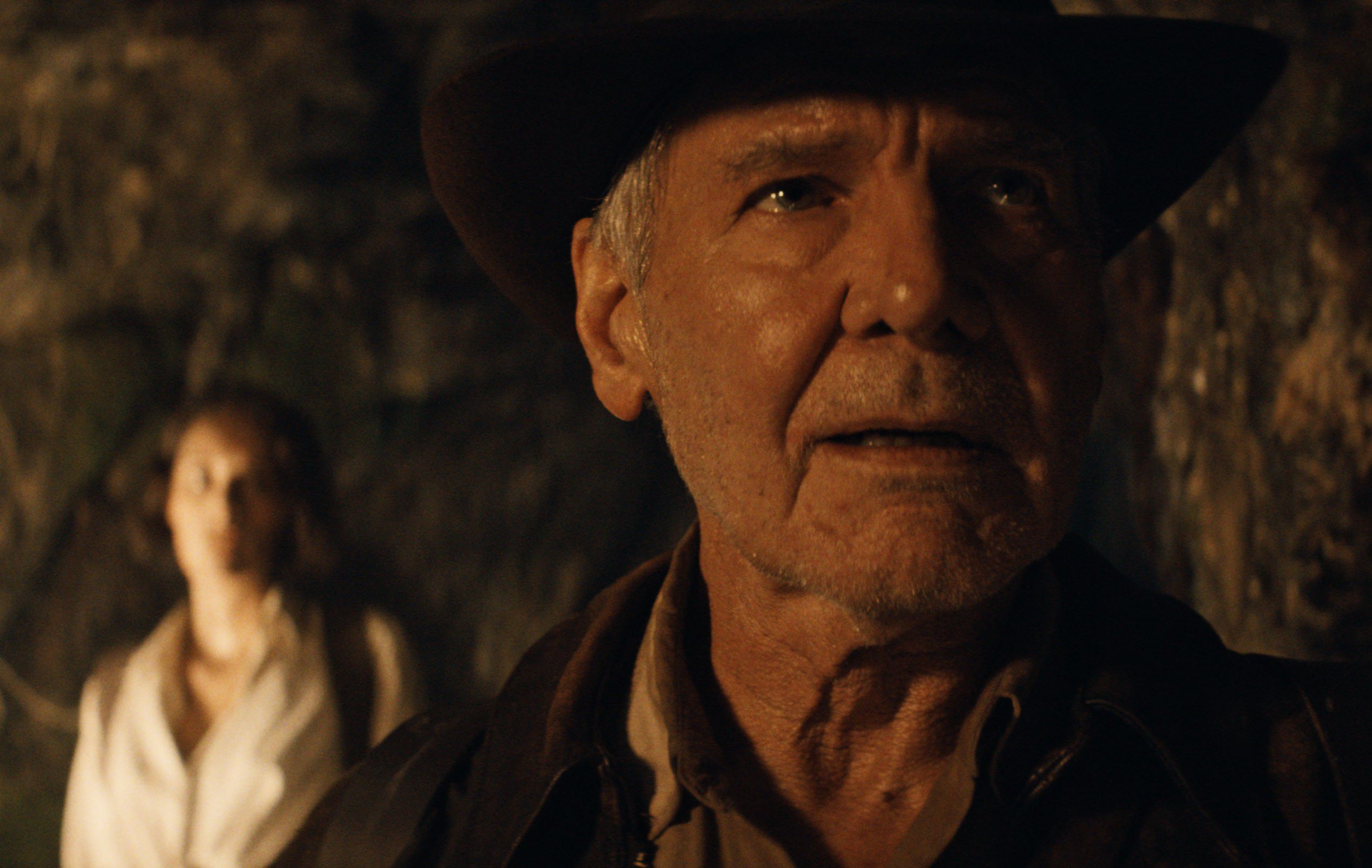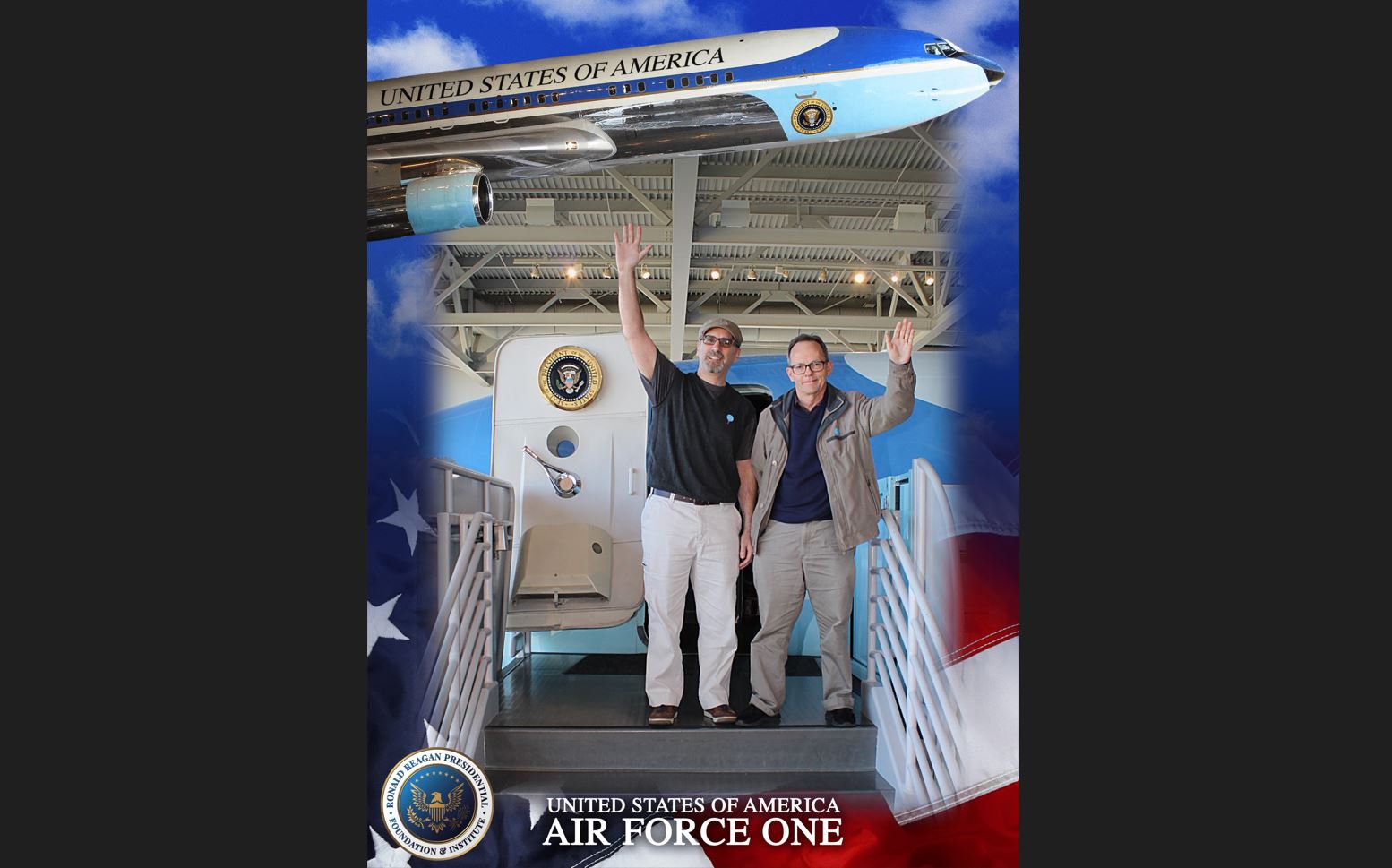Majoring on Film
A Guest Post by Matthew Holmes

At the end of each semester, I try to post a short semester recap post on my Instagram page. However, as I was reflecting on my past semester I was led to sharing something I learned during the semester in place of my usual recap. This is adapted and slightly expanded from what I shared on Instagram.
As a film major, I have to participate in production classes (where the focus is on producing videos rather than lectures and tests) each semester. This semester, I took the biggest and most important video production class I’d ever enrolled in. It was called Documentary Production Seminar, and I had to produce two major video projects for it. The first was required to focus on the work of the Greenville Homeless Alliance (a collective of Greenville homeless shelters) and I was able to pick a subject from a series of stories I was presented with. Once I made my choice, I reached out to my subject to discuss producing the video. Because of this, I had to demonstrate my personal integrity to people I had never met with or knew about before. This was especially challenging when I interviewed my subject, a lady who I had only met the day before and who was incredibly nervous about being interviewed on camera.
After I finished that project, I had to produce a significantly longer video where I was required to find and approach a subject. I approached John Lehman, a pastor at Hampton Park Baptist Church in Greenville who my Dad has edited and published a number of books for. Mr. Lehman quickly and enthusiastically agreed to be my subject, meaning I was now in a scenario that was both the opposite and the same as my previous video. While Mr. Lehman has known me for many years and has a strong relationship with my Dad, there was just as much pressure on me to establish my personal integrity as a truthful and ethical documentarian while ensuring that I didn’t do anything that would hurt my Dad’s reputation with Mr. Lehman.
From these two projects, I learned one major lesson. The way I maintained a positive spirit and gained joy from working on intense, high-pressure projects was to keep in focus the importance of service to my interviewees and collaborators. Once I discovered that focusing on how I could tell their stories and give them a voice they otherwise wouldn’t have had gave me joy, I was freed up as an artist to focus on refining my craft and ensuring my films were not just good stories, but were emotionally meaningful and true. Rita (the lady I interviewed from the local homeless organization) wouldn’t have been able to alert people to the facilities that assist the homeless in getting their lives back on track if I didn’t have the equipment and the technological know-how to tell her story in a short video. John Lehman now has an additional tool that he will be able to use to promote his global ministry because of my initiative to make a short film detailing his life’s work.
I think that’s what great art is all about: it serves and glorifies God while giving a voice to the voiceless and inspiring an audience to achieve great things.
I’ll end by wishing everyone a Merry Christmas and a Happy New Year!













 My late father (pictured here) loved working with wood. In fact, he was the son of a saw miller. And while I am far from being a carpenter (I love the idea that Jesus was one), I think my father and his father both sent some of their woodworking genes my way…
My late father (pictured here) loved working with wood. In fact, he was the son of a saw miller. And while I am far from being a carpenter (I love the idea that Jesus was one), I think my father and his father both sent some of their woodworking genes my way…

Recent Comments